A Composite Can is also sometimes called a Combi container. Composite cans are composed of a body, a bottom closure, and a top closure. There are four main structures in the body of a Composite Can: the aluminum inner web, multipole intermediate webs, and the label web, and the membrane. Read More…
Valk Industries provides engineering and manufacturing services for cardboard tubes as well as custom thermoformed items like clamshells, blister packs, trays and filler material.

Western Container partners with the world`s top spiral tube equipment designers & paperboard manufacturers, to bring our customers the very best paper tubing and precision cores.

Chicago Mailing Tube is a premier manufacturer of custom paper tubes, containers, and cores, providing products that are both high quality and economical. CMT has been meeting custom size and design requirements for its customers since 1902.
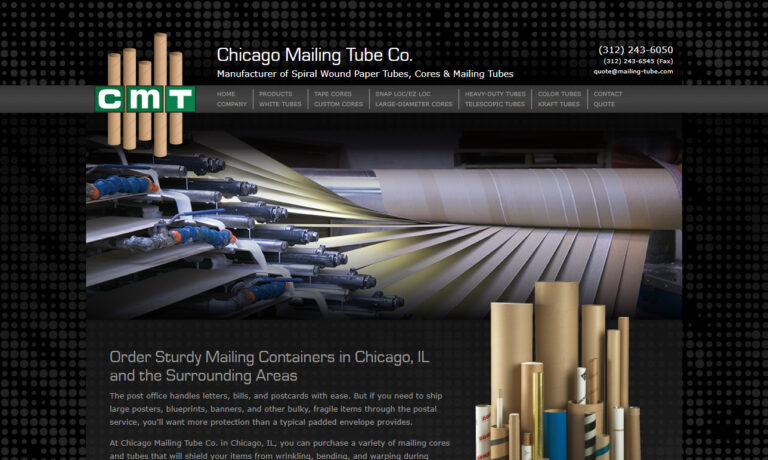
Here at Paper Tubes and Sales we are a proven manufacturer of high quality cardboard tubes. These products are ideal for a multitude of industries and our teams are available to assist you with determining the best paper tube for your application.

Marshall Paper Tube Company designs and manufactures custom labeled cans, tubes, and mailings. We can create amazing custom designs in full color for your product or brand. We also provide specialty items like coin collection banks and fundraising cans. All of our products are made in the United States of America and out of 100% recycled paperboard in an effort to stay “green.”

More Composite Can Manufacturers
The membrane and tear off tabs are made of metals (usually aluminum). The membrane is manufactured in a blanking and deep drawing device. This same device cuts circular slits to make the tear-off membrane. Another machine then manufactures and seals the tear-off membranes. The membrane band is taken from the material reel, blanked, deep drawn and formed.
Closures for Composite Cans come in different forms including aluminum-membranes with tear tab, paper membranes with or without aluminum coating, paper board ends, and paper board shakers among others. These closures can be made from aluminum foil, paper, paper with or without coating. Other closure options are available depending on the company and request of the customer.
There are two main kinds of Composite Cans: Spiral Wound Cans & Linear Draw Cans. Spiral Wound Cans are made by diagonally winding and gluing four layers of material together. The bottom layer is usually tin or foil, the two middle layers are usually paper board, and they serve to give the can its structure.
The outermost layer is sometimes optional depending on if the customer will like a label added to the can itself-this typically increases the cost of production. Linear Draw cans are made by drawing the materials through the gluing process and then through the tooling process. After the tube is made, it is the cut into separate cans. These kinds of cans are made in one single process.
Composite Cans can be used mainly for packaging everyday household items like coffee whiteners, diet drinks, bread crumbs, hot chocolate mixes, nuts, cakes, spices, tea, cleaning gels and baking sodas among others. Composite Cans offer several advantages such as cost-effectiveness, environmental safety (composite cans are mostly made from recycled products), durability, versatility and user friendliness in general.











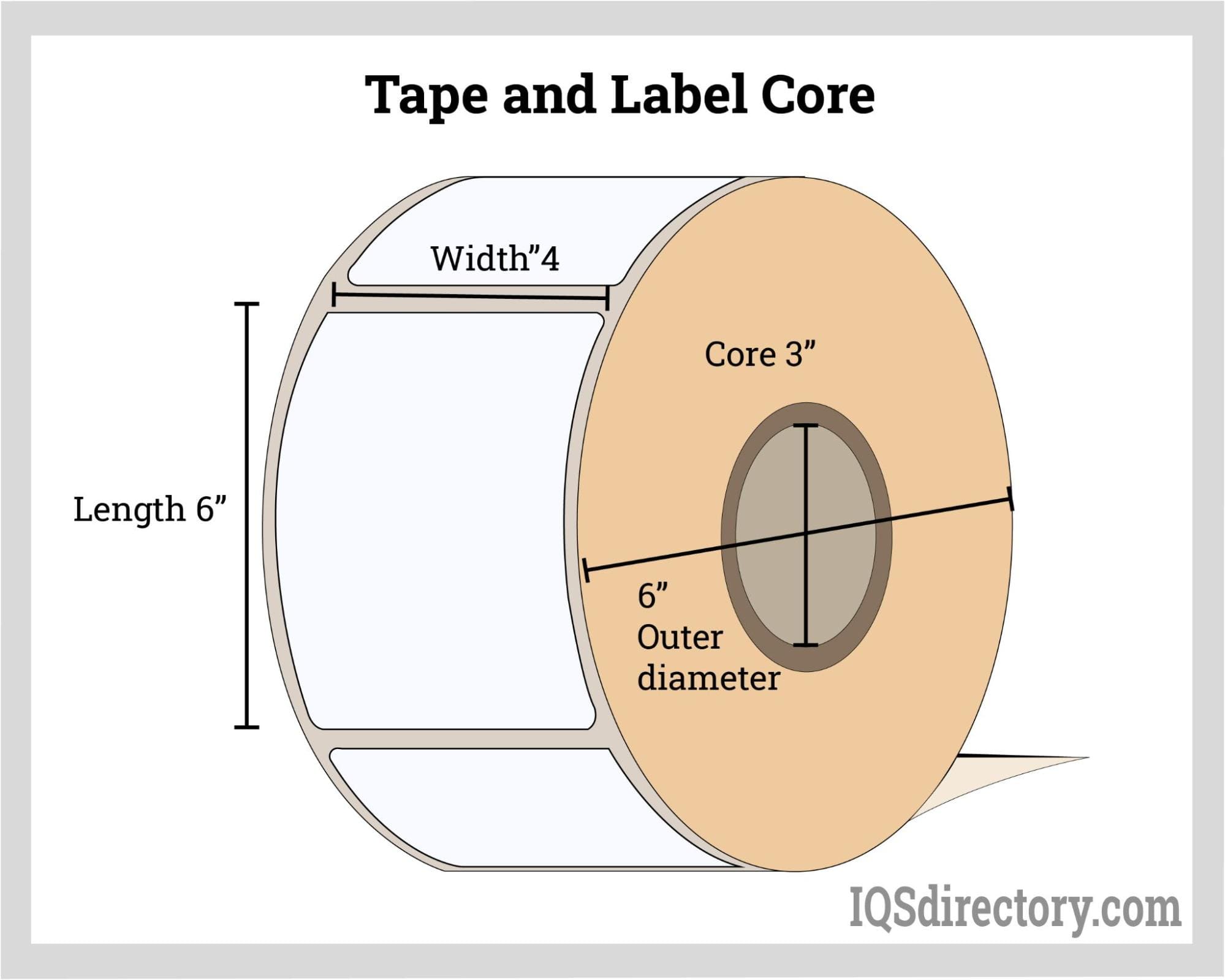



 Cardboard Tubes
Cardboard Tubes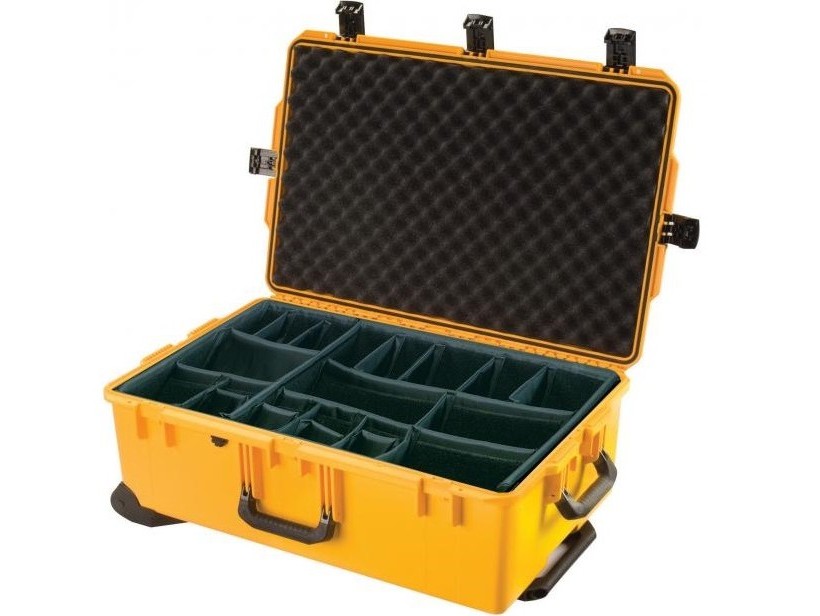 Carrying Cases
Carrying Cases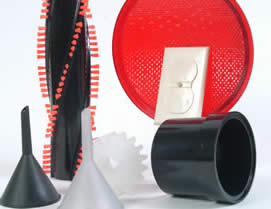 Contract Packaging
Contract Packaging Corrugated Boxes
Corrugated Boxes Dot Peening Machines
Dot Peening Machines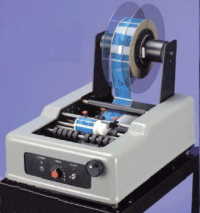 Labeling Machinery
Labeling Machinery Marking Machinery
Marking Machinery Packaging Equipment
Packaging Equipment Palletizers
Palletizers Plastic Bags
Plastic Bags Sewing Contractors
Sewing Contractors Tape Suppliers
Tape Suppliers Castings & Forgings
Castings & Forgings Bulk Material Handling
Bulk Material Handling Electrical & Electronic Components
Electrical & Electronic Components Flow Instrumentation
Flow Instrumentation Hardware
Hardware Material Handling Equipment
Material Handling Equipment Metal Cutting Services
Metal Cutting Services Metal Forming Services
Metal Forming Services Metal Suppliers
Metal Suppliers Motion Control Products
Motion Control Products Plant & Facility Equipment
Plant & Facility Equipment Plant & Facility Supplies
Plant & Facility Supplies Plastic Molding Processes
Plastic Molding Processes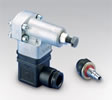 Pumps & Valves
Pumps & Valves Recycling Equipment
Recycling Equipment Rubber Products & Services
Rubber Products & Services